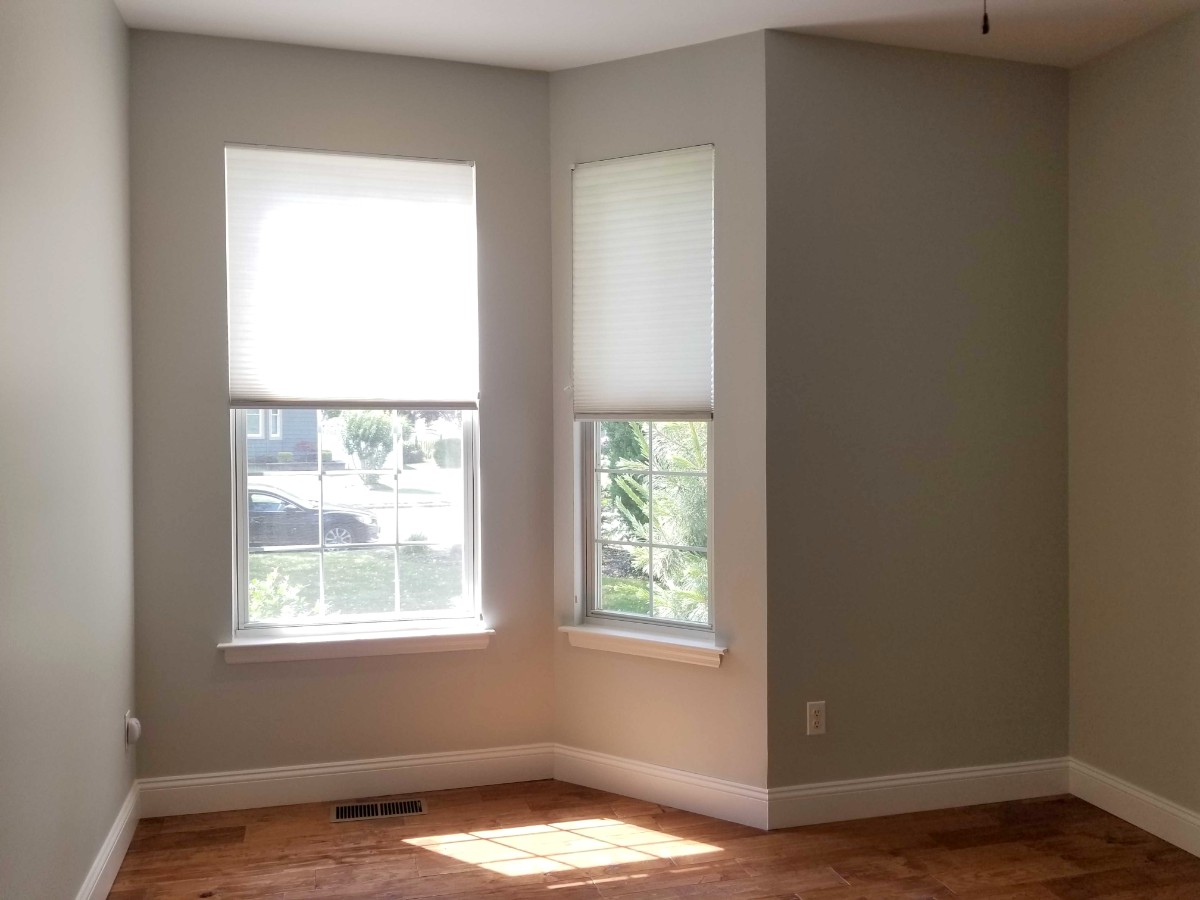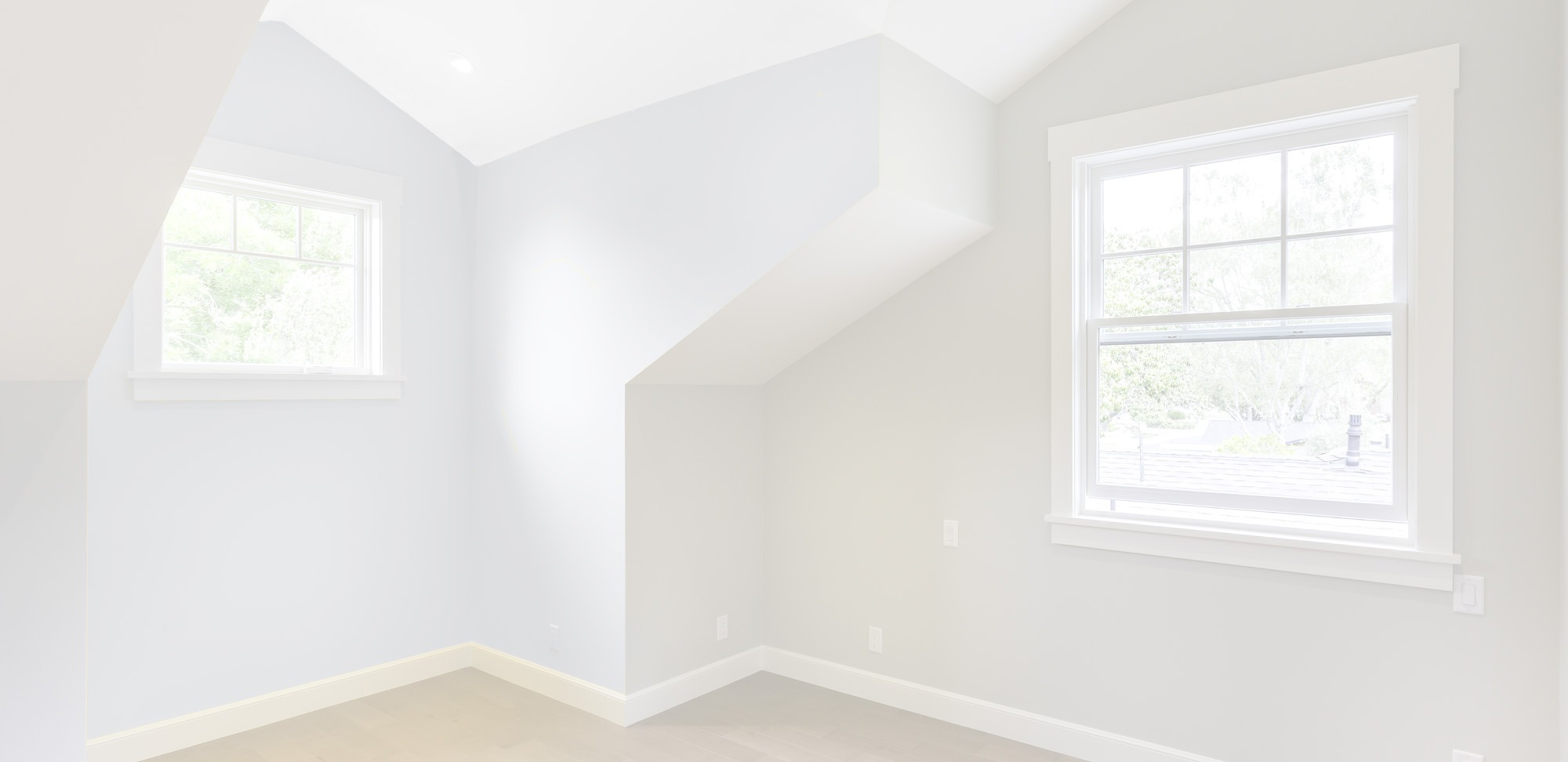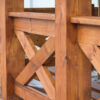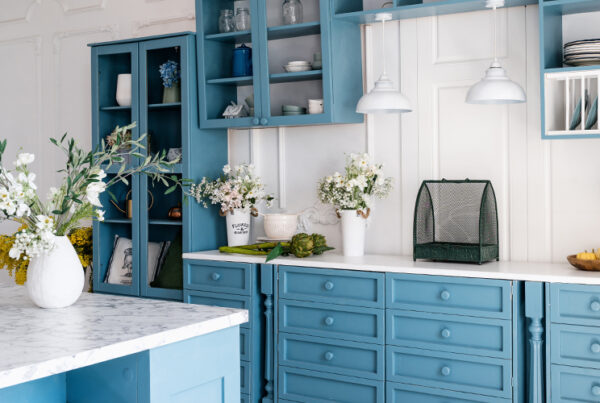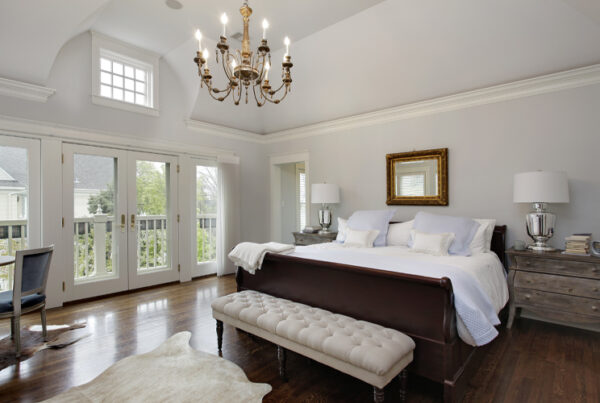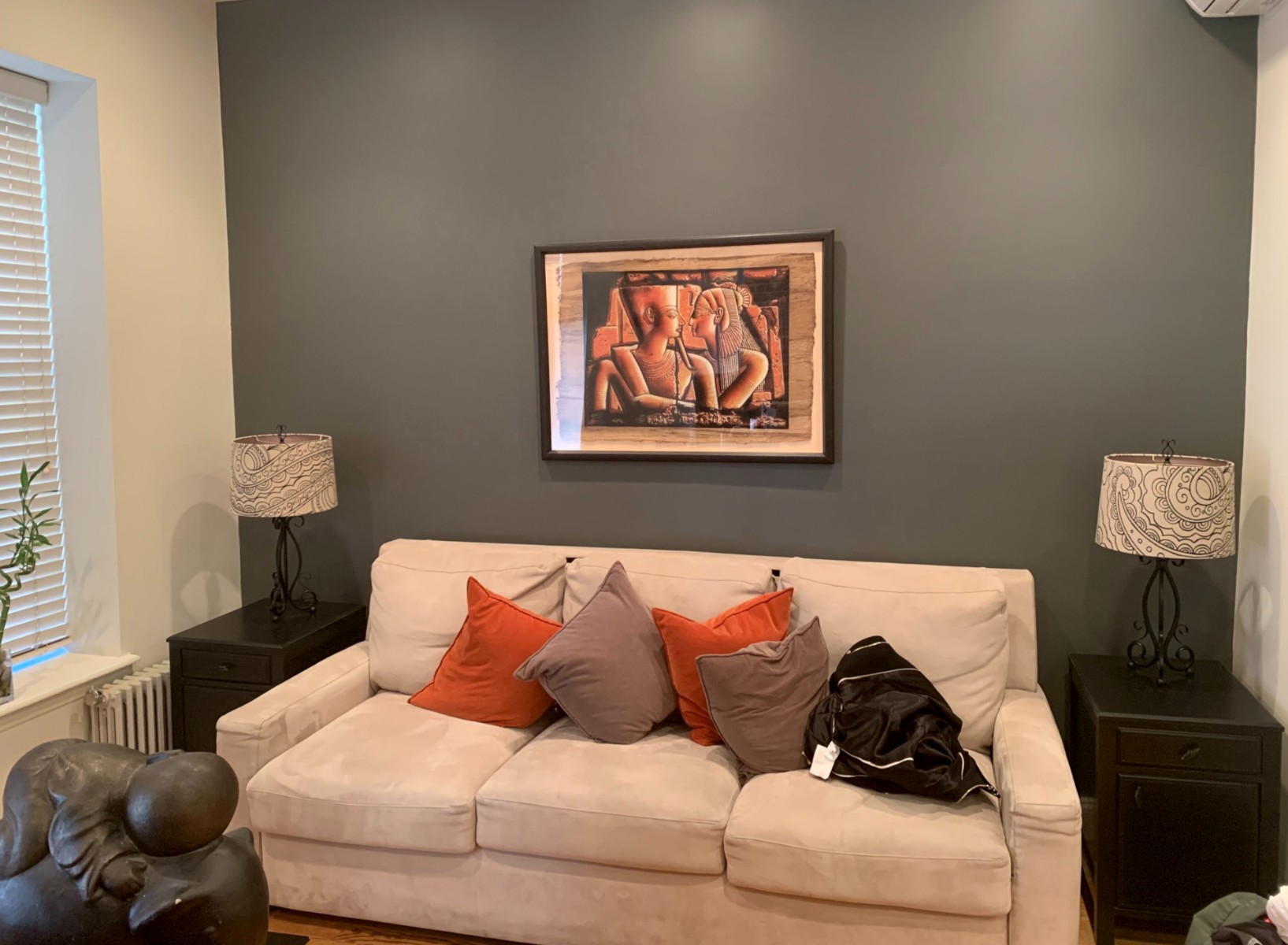
Water-based paints have been around for a long time (specifically since the 1800’s when they were first patented) and have become incredibly popular among homeowners over the years for their durability, wide range of resistances, easy application, and eco-friendliness compared to their oil-based counterparts.
Knowing the differences between the types of water-based paints will help you choose the best paint for your next painting project.
What Is Water-Based Paint Made Of?
All paints generally have four main ingredients: pigments, binders, solvents (liquids), and additives. Pigments provide color, while binders work to “bind” the pigment together and create paint film. Solvents are the liquids used to carry the pigment and binder, and additives are ingredients that provide the specific paint properties like extending dry time, improving brush flow, and mildew prevention.
In the case of water-based paints, water is the solvent used to carry the pigment, binder, and additives. Because water is used as the solvent instead of oil, water-based paints don’t have strong odors like oil-based paints usually have. Not only this, water-based paints are a breeze to clean up: all you need is soap and water! It has become a staple in the painting world, and is a favorite among homeowners and industry folk alike!
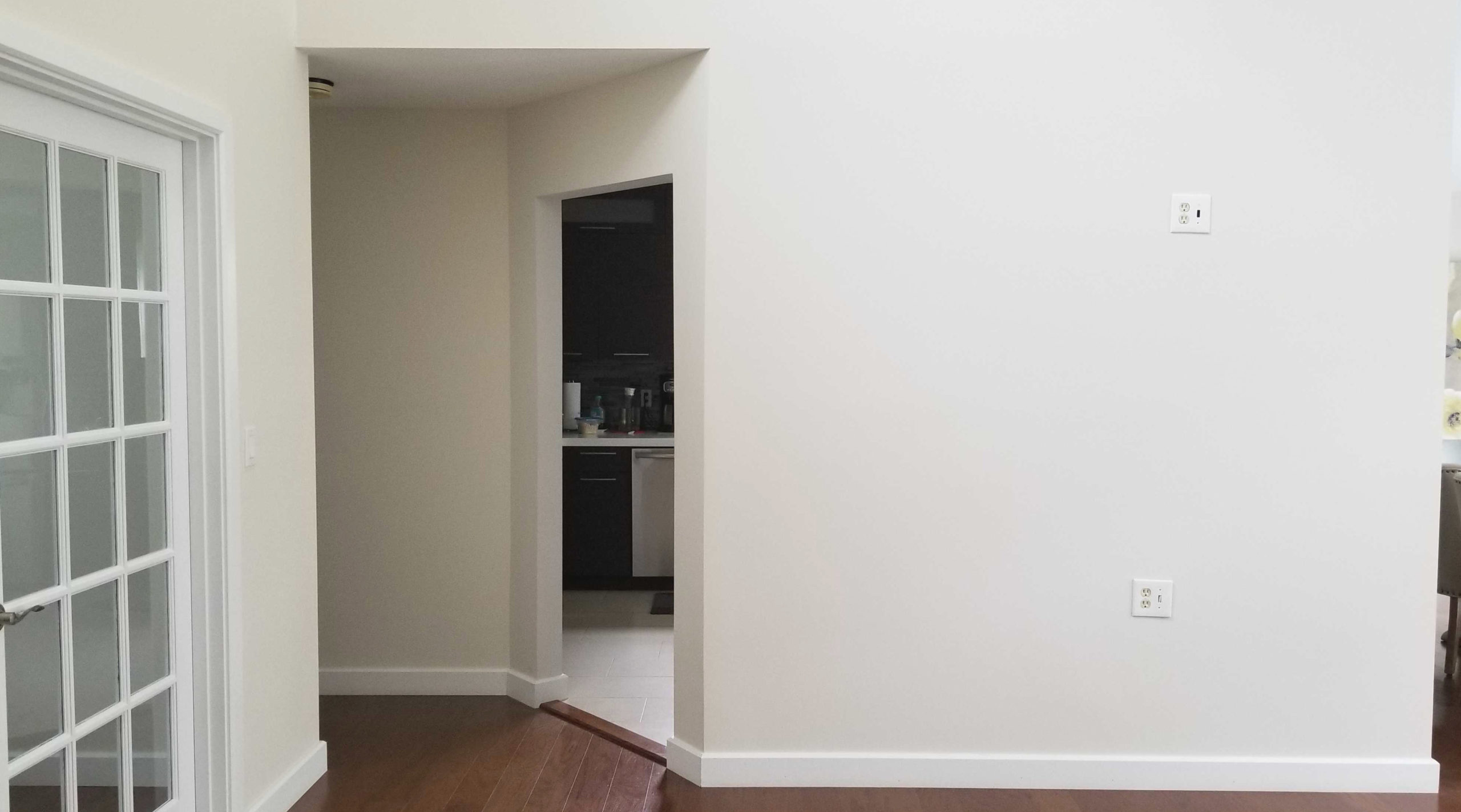
The Two Types of Water-Based Paint: Acrylic Paint and Latex Paint
You might be thinking there are tons of water-based paints, but lucky for you there are only two: acrylic and latex! Each type has their own specific uses and purposes, however both acrylic and latex paint are primarily used to paint homes, spaces, and structures. While the two types of water-based paints may have similar characteristics, it’ll be helpful to know the difference between the two to know which type you’ll need for your next painting project.
Acrylic Paint
Water-based paints that are labeled “acrylic” simply mean the paint has more acrylic polymers than latex paint. This means the paint will:
- Provide better adhesion
- Have more durability
- Have more resilience
- Typically cost more than latex paint
You’re probably thinking that better adhesion, durability and resilience sounds great and you should default to acrylic paint for all your painting needs, however it makes more sense for some projects and not others. For example, because household items like kitchen cabinets and outdoor furniture receive more interaction, whether it be from people or the elements, it makes sense to use the more durable and resilient water-based acrylic paint, however things like drywall that receive less action (hopefully) could settle for acrylic’s water-based alternative, latex.
Latex Paint
Walls love latex paints, and so do wallets! Not only are latex paints less expensive, they’re also more eco-friendly and provide greater coverage. What saves in cost is the lower ratio of acrylic polymers. That’s why if you’ve got a vertical surface like your walls that need painting, latex paint is the way to go.
Once you’ve figured out the right type of water-based paint for your next painting project, it’s recommended you discuss your project with a professional for the best results.
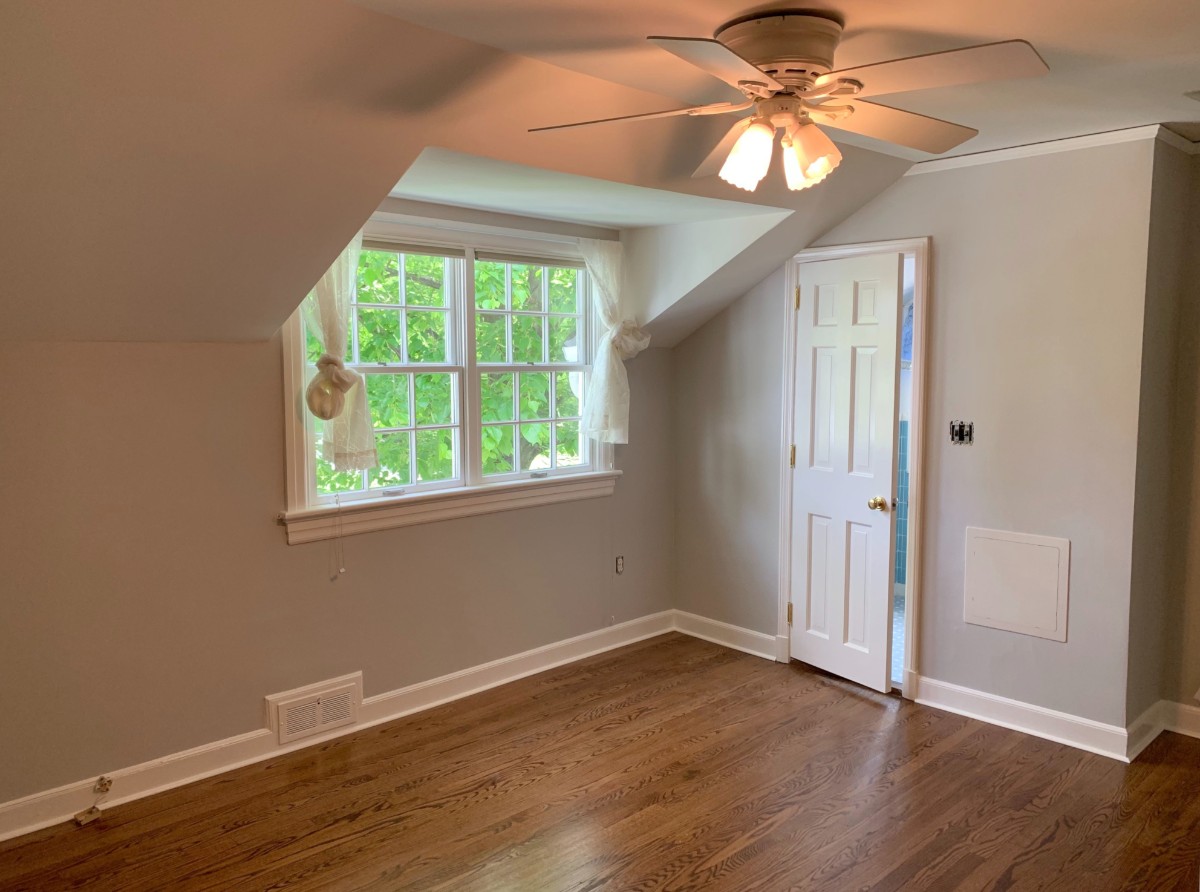
Advantages
Now that you know the differences between the two types of water-based paints, let’s talk about the advantages of using water-based paints in general.
- Versatility – Can be used on a variety of different surfaces like wood, brick, aluminum siding, vinyl siding, concrete, stucco, even galvanized metal.
- Durability – Though not as durable as oil-based paints, water-based paints have gotten substantially better over the years with higher quality 100% acrylic exterior paints being known to last upwards of ten years or longer.
- Drying time – Dries anywhere from 1-6 hours, meaning you’ll be able to recoat the same day.
- Cleanup – No need for turpentine or mineral spirits; cleans up easily with soap and water.
- Mildew resistance – Additives help to prevent mildew growth and keep your paint looking fresher longer.
- Stain resistance – For interiors, latex paints are great because they can be scrubbed and cleaned, resisting stains that can affect other types of paint.
- Crack and yellow-resistant – Since there is more flexibility in water-based paints than in oil-based paints, water-based paints do not yellow or crack the way their oil-based counterparts do.
- Color Retention – Resistant to chalking and fading.
- Eco-friendly – In comparison to oil-based paints, water-based paints are much more eco-friendly.
- Odor – Significantly less fumes and odor compared to oil-based paints.
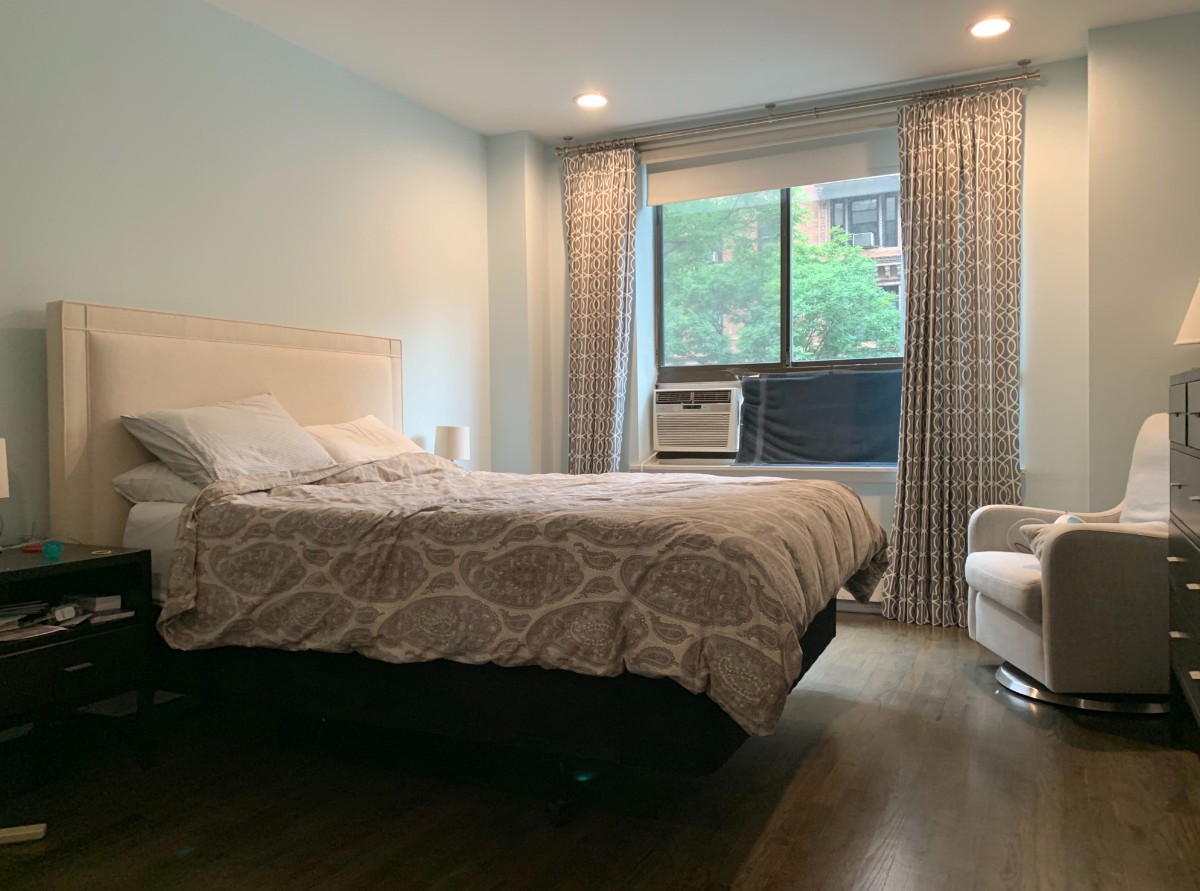
Disadvantages
As you can see, there are a lot of advantages to water-based paint, however there are some disadvantages that might prompt someone to go with oil-based paint instead.
- Temperature – If it’s below 50 degrees Fahrenheit, water-based paints become difficult to use.
- Raises the grain – On unprimed wood, water-based paints can raise the grain.
- Technique dependent – Proper technique is needed to ensure your water-based paint lays flat and with minimal visible brush strokes.
- Picky Adhesion – Water-based paints can have a tough time adhering to raw metal and shiny surfaces.
How Do You Know If You Have Oil- or Water-Based Paint?
There’s a neat little test you can use to tell whether the paint on your wall or furniture is oil- or water-based. Try digging your fingernail into the surface. If you can make a dent, it’s latex. Also, try using a rag dipped in rubbing alcohol to remove some of the old paint. If the paint comes off, it’s water-based, and if not, it’s oil-based! Pretty cool, huh?
It’s important to know that not all water-based paints can be applied on top of oil-based paints, and vice-versa. It’s recommended you discuss your painting project with a professional for the best results.
